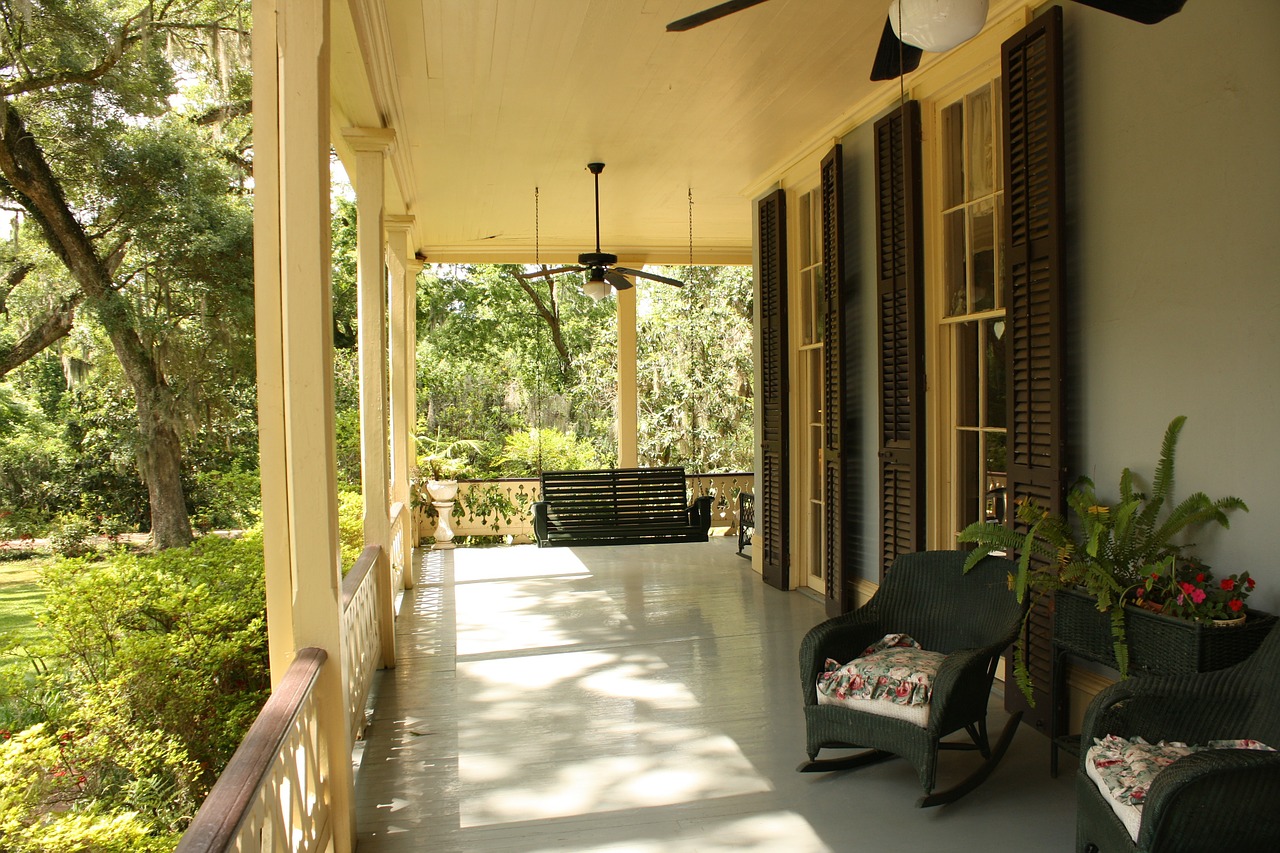
When you’re facing mobility issues, having a home you can navigate safely and easily is vital; after all, your living space is supposed to be where you can relax and unwind. If getting around is difficult, it will be impossible to truly feel at home there.
This can make house hunting a daunting process for this population. Fortunately, there are things you can look for in a home that will help ensure its accessibility. With that in mind, here are some tips for how to find the house that’s right for you.
Don’t Look for Perfection
Your first step should be accepting that the perfect home probably doesn’t exist — yet. The important thing isn’t finding a house that already crosses off everything on your list; it’s finding something that could. After all, you can always make modifications to improve a home’s accessibility. This will help open up your options and give you more flexibility, as well as better odds of finding something that’s friendly toward your budget.
For example, you might shy away from an otherwise great house with steps up to the front door. However, you could add a concrete ramp or pathway to fix this issue. Obviously, you need to balance the cost of upgrades with the price of the home (homes in Reno have sold for $400K on average) and your overall budget.
If a home needs so many changes that it fixing it will go over your budget, or it would be unlivable during renovations, it might be best to skip it. Otherwise, keep an open mind and remember you have the power to make changes.
Shoot for a Single-Level Home
Unless you’re willing to install a chair lift or elevator (which can range from $2,000 to $5,000), a ranch style house is best for those with accessibility and mobility issues. Even those who are physically capable of climbing the stairs often find their energy is better spent elsewhere. Living in a house with lots of steps is usually a recipe for an accident. Since falling down the stairs can cause serious injury and even death, it’s usually best to avoid the issue altogether.
Wide Doorways
If you use a wheelchair or other mobility device, you may want to try to find a house that has nice, wide doors and hallways. It’s not always enough to simply fit; ideally, you want enough clearance that getting through is a breeze. Open floor plans can offer this same benefit, as you don’t have to worry about fitting into narrow spaces while moving around.
Usable Storage
Many homes have tall cabinets and hard-to-reach shelving. Although this may not be a problem for those who can easily climb a step stool, accessible storage is a must for anyone with mobility problems. Try to find a home that has built-in storage you can reach. When touring a home, always open cabinets and closets to get a sense of how functional it will be for you.
Navigable Outdoor Space
We all need fresh air and sunlight, but a hilly, muddy, or poorly landscaped yard isn’t going to cut it when it comes to accessibility. So, make sure you’d be able to get outside and enjoy nature in your potential home. This might mean it has a nice flat green space or a paved patio. An enclosed porch is a great option for people with mobility problems since it offers protection from weather and provides a nice, stable surface.
Ultimately, you want to look for features that are safe to use, functional for your ability level, and that provide the life you’re looking for. Take as much time as you can to find the right option; you don’t want to rush into a home you’ll ultimately regret. By giving all of your choices thorough consideration, you’ll be able to find the property that can become your dream home.
Assist2Sell
Selling Services
Buy a New Home
Photo Credit: Pixabay